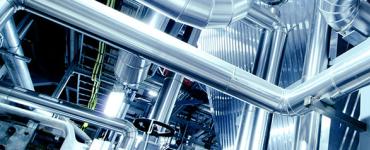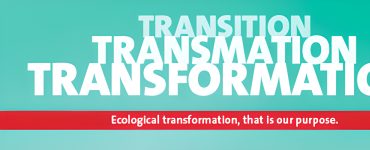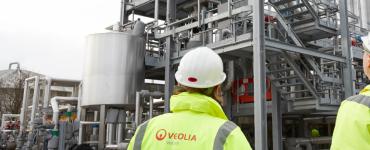- Home
- Case Studies
- Improving efficiency with a containerised reverse osmosis solution
Improving efficiency with a containerised reverse osmosis solution
The Client's Needs
The client’s existing ion exchange plant provides high purity water as a boiler feed for the CHP plant. Historically, the water feed to the ion exchange plant had an average conductivity of 300 µS/cm, and consequently the plant required daily regeneration. This involved significant chemical consumption and generated large volumes of chemical-containing wastewater, which needed treatment prior to discharging to the drain. To reduce the frequency of regeneration and operating costs, the client decided to pre-treat the feed water using reverse osmosis (RO) technology.
The Solution
The project team drew on Veolia’s extensive experience in this field and recommended a pre-assembled, containerised plantroom. This solution uses two 20 m3/hr RO units operating in parallel to provide a peak flow of 40 m3/hr feed water, with a conductivity of ≤20 µS/cm, for the existing ion exchange system. Anti-scalant dosing was included as a low cost, space saving alternative to base exchange softeners, with sodium bisulphite dosing to eliminate residual free chlorine in the mains feed water, and a five-micron cartridge filter to remove particulate matter, maximising the RO membrane lifetime and system efficiency.
The Results
The installation of an RO plant improved the quality of the feed water to the ion exchange system, increasing its run length from daily to monthly as a result of reduced feed conductivity. The number of regenerations was significantly reduced, from 365 to 12 per year, with a corresponding decrease in chemical usage.













